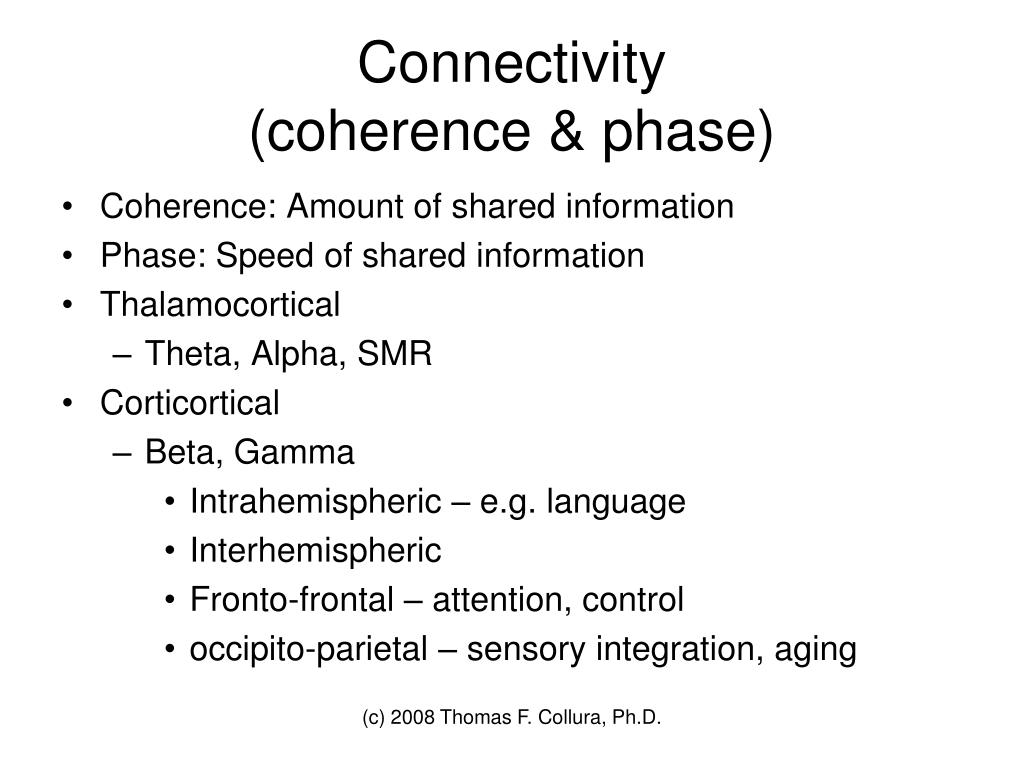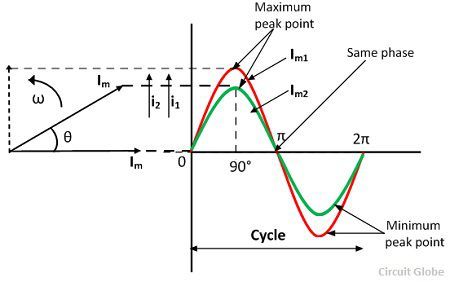

This prospective, single-arm, interventional study enrolled 33 patients with treatment-naïve nAMD.

The period of the task was approximately 7.5 seconds.To evaluate the correlations between swept-source optical coherence tomography angiography (SS-OCTA) parameters and clinical outcomes in eyes with neovascular age-related macular degeneration (nAMD) administered a bimonthly intravitreal aflibercept regimen. In the experiment, the subjects alternatively cooperated and competed on a task. The recording site was the superior frontal cortex for both subjects. The data is taken from Cui, Bryant, & Reiss and was kindly provided by the authors for this example. NIRS measures brain activity by exploiting the different absorption characteristics of oxygenated and deoxygenated hemoglobin. In other cases, it is more natural to examine the coherence alone.įor an example, consider near-infrared spectroscopy (NIRS) data obtained in two human subjects. In these cases, examining the lead-lag relationship between the data is informative.
#Mean phase coherence series
In the previous examples, it was natural to view one time series as influencing the other. Find Coherent Oscillations in Brain Activity This indicates that periods of sea warming consistent with El Nino recorded off the coast of South America are correlated with rainfall amounts in India approximately 17,000 km away, but that this effect is delayed by approximately 1/2 a cycle (1 to 3.5 years). The plot also shows that there is an approximate 3/8-to-1/2 cycle delay between the two time series at those periods.


The plot shows time-localized areas of strong coherence occurring in periods that correspond to the typical El Nino cycles of 2 to 7 years. Plot the wavelet coherence and threshold the phase display to only show areas where the coherence exceeds 0.75. The 75-Hz component in the Y-signal is delayed by 1/8 of a cycle ( π / 4 radians). In this case, the 10-Hz component in the Y-signal is delayed by 3/8 of a cycle ( 3 π / 4 radians). The following example repeats the preceding one while changing the phase relationship between the two signals. For nonstationary signals, characterizing coherent behavior in the time-frequency plane is much more informative. However, the time-dependent nature of the coherent behavior is completely obscured by these techniques. You see that the phase of the cross-spectrum does a reasonable job of capturing the relative phase lag between the components. In the phase plot of the Fourier cross-spectrum, the vertical red dashed lines mark 10 and 75 Hz while the horizontal line marks an angle of 90 degrees. The Fourier magnitude-squared coherence obtained from mscohere (Signal Processing Toolbox) clearly identifies the coherent oscillations at 10 and 75 Hz. In situations where it is natural to view one time series as influencing another, you can use the phase of the wavelet cross-spectrum to identify the relative lag between the two time series. You can use wavelet coherence to detect common time-localized oscillations in nonstationary signals. For these time series, it is important to have a measure of correlation or coherence in the time-frequency plane. However, many time series are nonstationary, meaning that their frequency content changes over time. In other situations, the common patterns result from some unobserved mechanism influencing both time series.įor jointly stationary time series, the standard techniques for characterizing correlated behavior in time or frequency are cross-correlation, the (Fourier) cross-spectrum, and coherence. In some situations, common behavior in two time series results from one time series driving or influencing the other. Many applications involve identifying and characterizing common patterns in two time series. You must have Signal Processing Toolbox™ to run the examples using mscohere (Signal Processing Toolbox) and cpsd (Signal Processing Toolbox). The example also compares the wavelet coherence and cross-spectrum against their Fourier counterparts.
#Mean phase coherence how to
This example shows how to use wavelet coherence and the wavelet cross-spectrum to identify time-localized common oscillatory behavior in two time series.


 0 kommentar(er)
0 kommentar(er)
